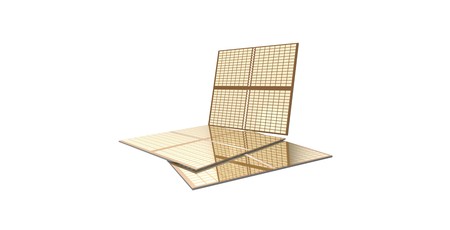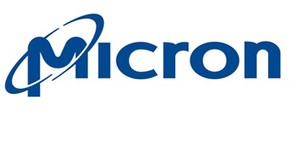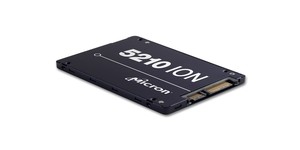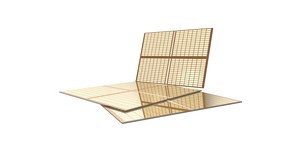
Micron, the third-largest maker of NAND flash memory, has announced it is doubling a planned reduction in its output capacity to 10 percent for the year, over concerns that supply is outstripping demand.
Memory prices, for both volatile dynamic RAM (DRAM) and non-volatile NAND flash, have been steadily dropping since hitting a supply-shortage-driven high in late 2018. For buyers, that's good news; for manufacturers, not so much. Companies have been raising concerns that supply of DRAM and NAND flash components is outstripping demand, driving prices down further and leaving manufacturers with a real risk of excess inventory. The solution: Reducing manufacturing output, either to match demand or until demand increases again. While some companies are having their output reduced accidentally, others are making it a conscious decision - including Micron.
Micron, which is the world's third-largest manufacturer of both DRAM and NAND flash memory, announced back in March that it would be reducing production by around five percent this year. Electronic Design, however, reports that it has now revised that figure and while DRAM production will remain five percent lower it will add another five percent drop to NAND flash production, doubling the overall reduction to 10 percent.
The admission that demand and pricing and lower than expected came with a prediction from chief executive Sanjay Mehrotra that the market will stabilise - in other words, demand will once again meet supply - by the second half of the year, but that further cuts to capital expenditure will be coming for the company's 2020 financial year.
Micron's decreased output comes following a US trade embargo against Huawei, which Micron claims has cost the company around $200 million in lost sales; shipments of parts have begun again following an incoherent speech by US President Donald Trump which is being interpreted as a lifting of sanctions relating to 'generally-available' goods and technologies.

MSI MPG Velox 100R Chassis Review
October 14 2021 | 15:04








Want to comment? Please log in.